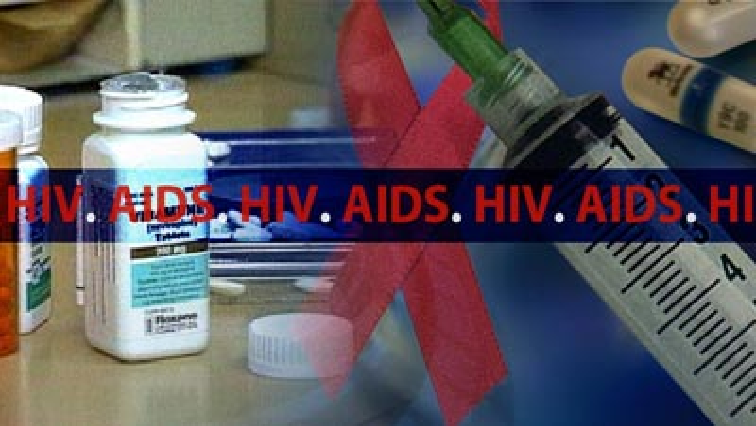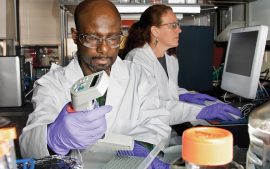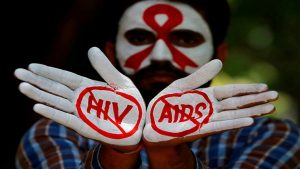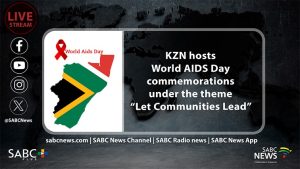Government wants to get more HIV positive people on treatment now to improve the outcomes of the country’s HIV/AIDS response. It has therefore launched the “Welcome Back Campaign” aimed at attracting more people living with HIV to start taking anti-retrovirals and improve their healthcare.
This comes as South Africa joins the world in commemorating World AIDS Day on Tuesday. South Africa currently has 7.6 million people living with HIV which makes the country with the highest HIV epidemic in the world.
Of the 7.6 million people living with HIV, 4.8 million of them are adult women, 2.5 million are men and 300 000 are children. About 74 000 people died of HIV/AIDS-related complications last year alone. Over the past decade, South Africa has been able to reduce the number of new HIV infections but close to 60%, thanks to the scaling up of HIV programmes and access to treatment.
The United Nations set ambitious targets of ending AIDS through its 90-90-90 programme where countries were expected to ensure that 90% of the population knows their HIV status, 90% of them are on HIV treatment and 90% of those on treatment have the virus suppressed by 2021. The CEO of the South African National AIDS Council, SANAC, Doctor Thembisile Xulu says the country is doing well on the first 90% with the national number at 93%.
“The second 90 is very concerning though because at a nationwide level we are at 71% which means we have a treatment gap of about 19%. The third 90 is sitting at 88% and that is the one that relates to viral suppression and 88% might sound good related to 90% but if you look at 88% it is related to the 71% who are on treatment. We are behind on treatment initiations and as a result, we are also behind of viral suppression which means we need to get people on treatment, get them to stay on treatment and also then to be virally suppressed.”
New research shows that women who contract HIV after giving birth, are seemingly passing it on to their babies during breastfeeding. This is reversing progress made in the Prevention of the Mother to Child Transmission Programme, which has been able to ensure that babies are born HIV free.
“So you might have saved your child during pregnancy and childbirth which are high potential areas of transmission, you will get a child that is born HIV negative but if the mother has got a high viral load and she breastfeeds then the child can acquire HIV from the mother during the time of breastfeeding which is after birth purely because the mother is not on treatment,” Xulu explains.
Currently 240 000 young women aged 15 to 24 are infected with HIV in this country every single year. While there are interventions aimed at reducing this number of new HIV infections in this age group, they are not yielding positive results yet. The Treatment Action Campaign (TAC) says these campaigns ought to be run by young people who are living with HIV themselves.
“We have lots of young women who were born with HIV, those young people are teenagers, are young adults. We don’t have any programmes that talk to them. What we have learnt over the years is that. Now we are losing them on treatment because there is no treatment care and support for them. As much as there is something written down on the policy and strategic plan but implementation on the ground is something different. If they are not taking their treatment it means they will sleep with their peers and the infection rate of HIV will be higher.”
An NGO Shout-It-Out-Now says young women are disproportionately affected by HIV and gender-based violence (GBV) and they need to be empowered to fight the two pandemics. Cristianne Wendler is the organisation’s Behavioural Programmes and GBV Manager.
“We often think that young people shouldn’t make their own decisions and so when it comes to something as important as their sexual health a lot of young women feel disempowered and don’t have access to services to make their own choices. And so shout it now is very much focused on this population to ensure that they have a different experience. The important thing is we equip them with information, tools, services that they can access when and how they want and that they leave feeling empowered to make the decisions for their health that are right for them.”
In his weekly newsletter to the nation, President Cyril Ramaphosa says South Africa needs to work harder on HIV prevention among key populations including sex workers, men who have sex with men and people who inject drugs.






